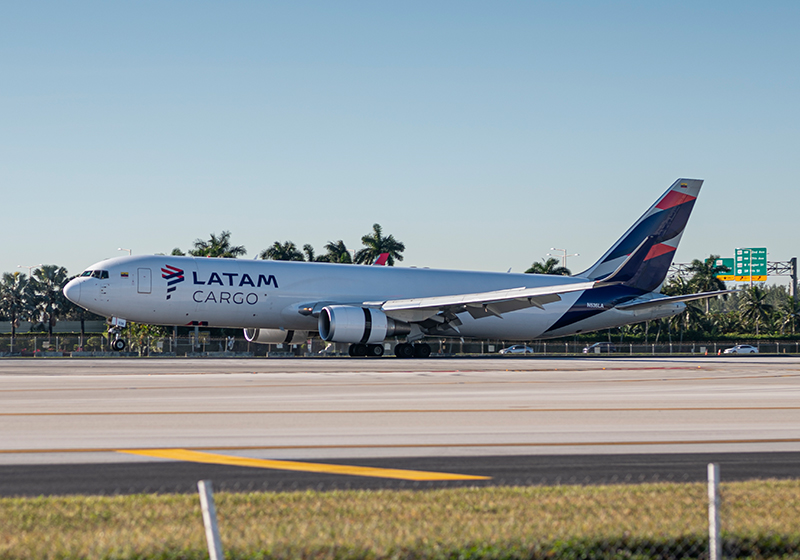DHL Express Spain has announced plans to invest more than EUR 40 million to develop a new European aircraft maintenance hangar in Vitoria-Gasteiz, reinforcing Spain's role in the company's global strategy. Expected to be operational by mid-2027, the new facility will be DHL Express' second most important maintenance center in Europe after Leipzig, Germany.
"We are excited to confirm that DHL Express' new European aircraft maintenance hangar will be located in Vitoria-Gasteiz. It is key to securing our aircraft maintenance capacity for the coming years based on the expected business growth," says Jesús Sánchez, Senior Vice President Hubs & Gateways, DHL Express Europe. "The facility will not only alleviate pressure on Leipzig's repair operations but also provide opportunities for local skilled workers, particularly aviation technicians."
The hangar, initially employing around 50 people, is set to focus on maintenance tasks for the DHL B757 fleet or other company aircraft. Beyond the hangar, the facility will include office spaces and storage areas for tools and major aircraft parts such as engines, APU systems, landing gear, and thrust reversers.
"The location of Vitoria-Gasteiz, close to European countries and Morocco, the capacity and operational capabilities of Vitoria Airport and the support we have received from public institutions and local authorities have made it the perfect location," adds Tomás Holgado, Vice President of Hubs & Gateways of DHL Express Spain. "The new facility underscores DHL Express' commitment to continued investment in Spain, a crucial player in our global strategy."
The new center will be located to the west of the existing DHL Express Hub at Vitoria Airport, covering more than 19,700 square meters. It will comprise 6,600 square meters of hangar space, 1,605 square meters of outdoor facilities, and 11,500 square meters of apron (runway) space.
In line with DHL Group's aim of net-zero emissions by 2050, the new hangar will be carbon-neutral. It will also help DHL Express reduce annual greenhouse gas emissions significantly by decreasing the number of positioning flights to non-DHL European maintenance facilities.






